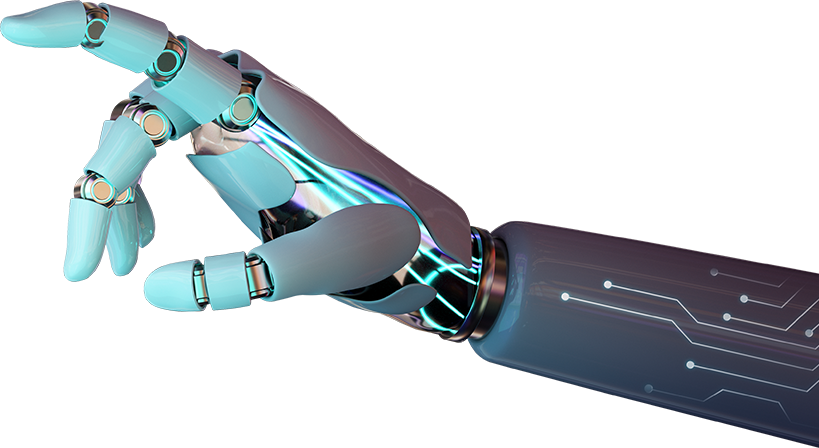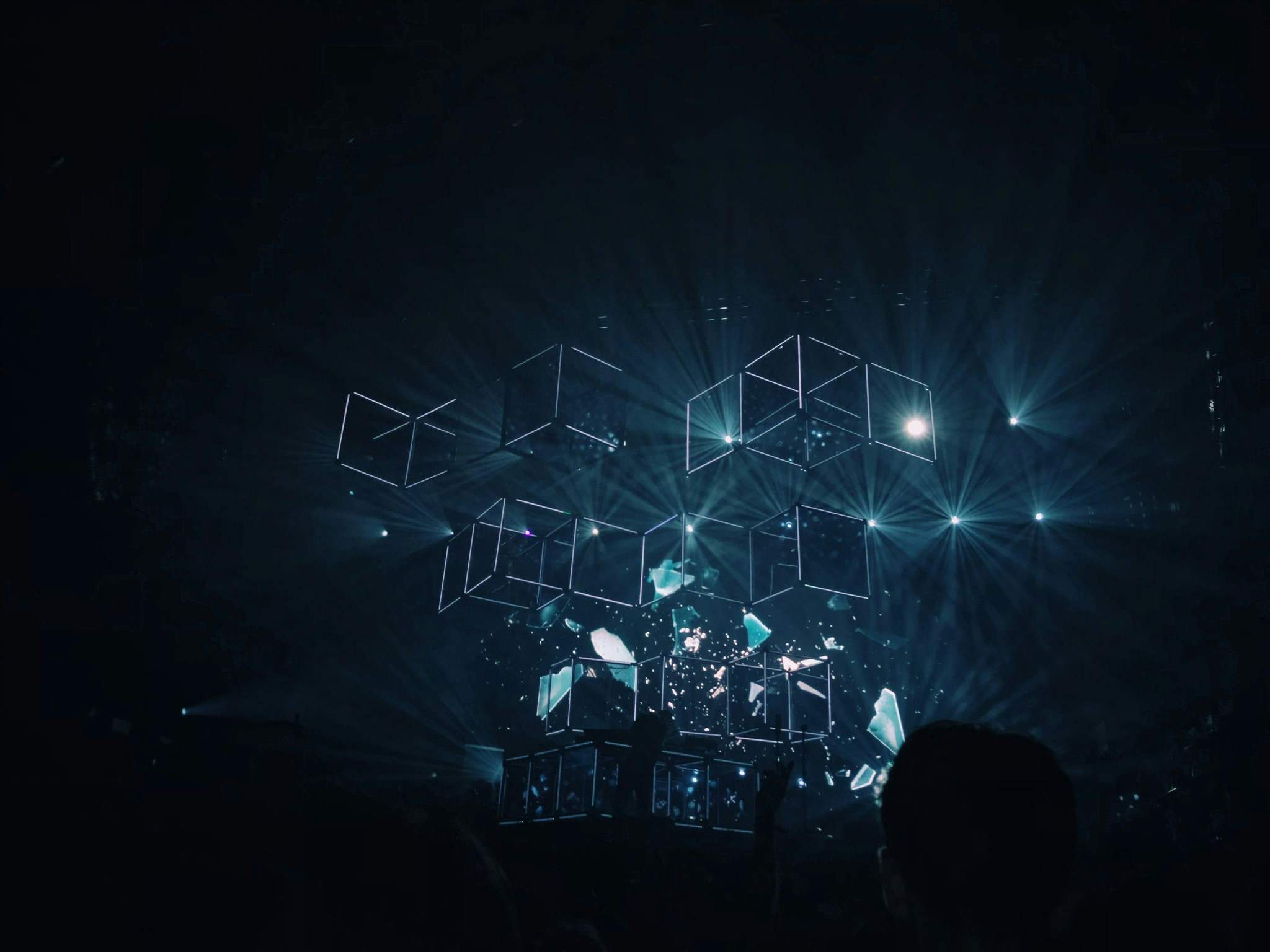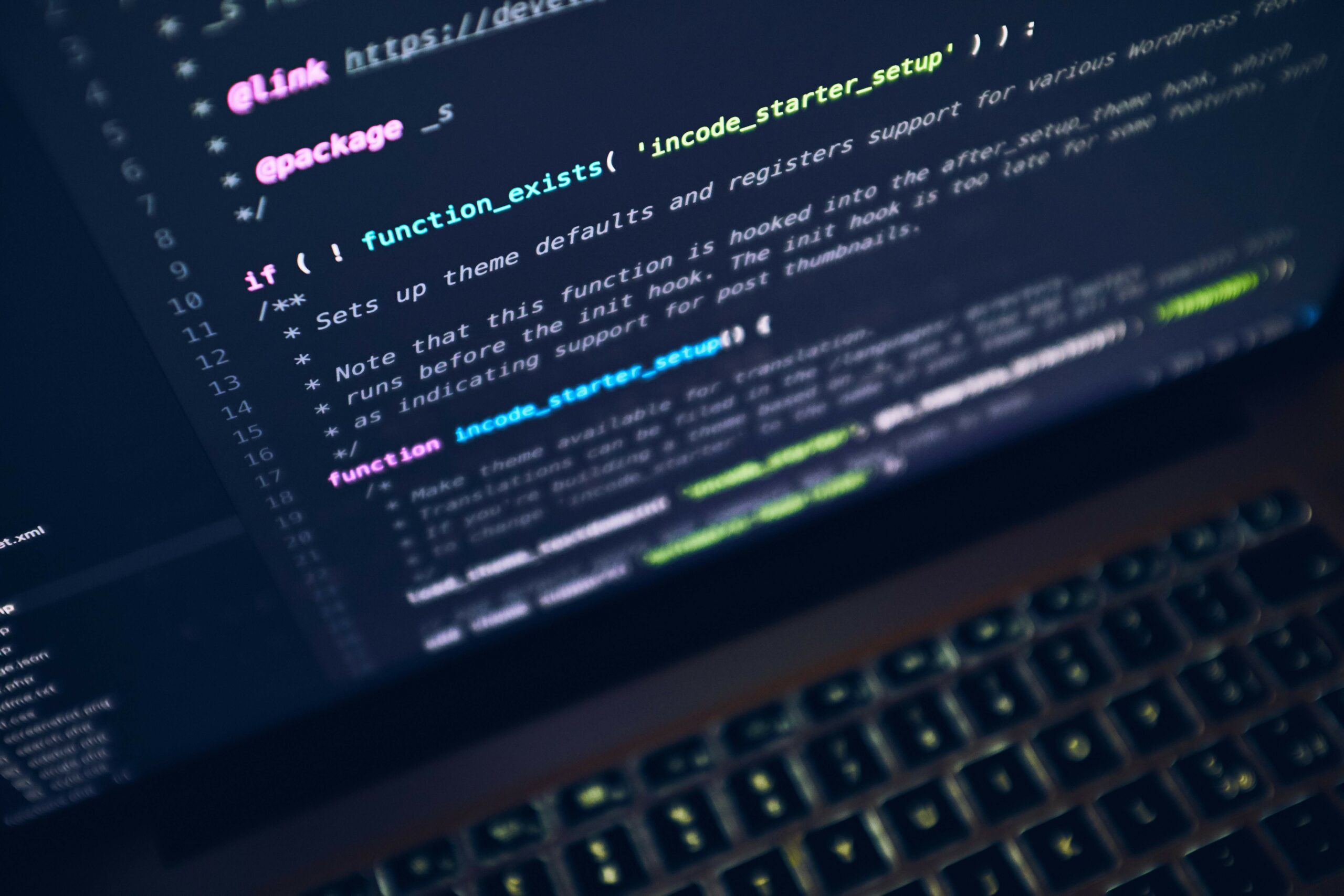Imagine machines spotting a cat in a photo or identifying vehicles on the road. This isn’t science fiction; it’s happening now. Object detection transforms industries, from healthcare to security, by enhancing precision and efficiency. Dive into this exciting world and uncover how these powerful technologies work, and what makes them vital in today’s tech-driven landscape.
Table of contents
ToggleThe basics of object detection
Object detection enables machines to identify and locate objects within images or videos. This process involves distinguishing between different objects and categorising them, often using bounding boxes. Key components include feature extraction, classification, and localisation. Algorithms analyse visual data to recognise patterns and make accurate predictions. Computer vision applications, such as autonomous vehicles and security systems, heavily rely on object detection. The technology bridges the gap between raw data and actionable insights, enhancing decision-making capabilities in various fields.
What is object detection?
Object detection identifies and classifies objects within images or videos. It combines computer vision and machine learning, enabling systems to locate multiple objects simultaneously. This technology underpins applications like autonomous vehicles and security systems, revolutionising how machines perceive the world.
Key applications and use cases
Object detection plays a vital role in numerous fields. Here are some key applications:
- Autonomous vehicles for obstacle detection
- Retail analytics for customer behaviour
- Real-world uses of machine vision in industrial automation
In healthcare, AI-powered diagnostics help improve accuracy in medical imaging.
Machine learning algorithms for object detection
Machine learning algorithms, crucial for object detection, include traditional methods like HOG and SIFT, which focus on feature extraction. Meanwhile, deep learning approaches such as CNNs revolutionise accuracy, with architectures like YOLO and SSD excelling in real-time detection, offering advanced solutions for complex environments.
Traditional algorithms
Traditional algorithms in object detection focus on feature extraction and classification. These methods rely on handcrafted features and simple classifiers.
- Haar Cascades
- Histogram of Oriented Gradients (HOG)
- Support Vector Machines (SVM)
- Viola-Jones algorithm
- Template Matching
- Selective Search
In early stages, contour detection methods play a crucial role. These methods help identify edges and boundaries in images, forming a basis for feature extraction.
Deep learning approaches
- Convolutional Neural Networks (CNNs) dominate deep learning in object detection.
- Region-based CNN (R-CNN) enhances localisation by proposing regions.
- You Only Look Once (YOLO) offers real-time object detection capabilities.
- Single Shot Multibox Detector (SSD) balances speed and accuracy.
Deep learning revolutionises object detection by using neural networks for accuracy and speed. These frameworks improve machine vision in various applications.
Techniques and frameworks
The world of object detection thrives on various techniques and frameworks. These tools empower machines to identify and classify objects in images or videos with remarkable accuracy.
- YOLO (You Only Look Once) for real-time processing
- SSD (Single Shot MultiBox Detector) for speed and precision
- Faster R-CNN for high accuracy in complex scenarios
Frameworks like TensorFlow and PyTorch support these methods, offering flexibility and scalability. Understanding these techniques enhances one’s ability to implement efficient detection systems.
Popular object detection frameworks
In the realm of object detection, several frameworks stand out for their efficacy and reliability. These frameworks employ advanced machine learning techniques to enhance the accuracy and speed of detection tasks. Understanding their unique features aids in selecting the appropriate framework for specific applications. Below, we highlight key attributes of some popular frameworks.
| Framework | Key Feature | Use Case |
|---|---|---|
| YOLO | Real-time processing | Surveillance |
| SSD | Single-shot detection | Mobile devices |
| Faster R-CNN | High accuracy | Research |
Comparing techniques: YOLO vs. SSD vs. Faster R-CNN
| Technique | Speed | Accuracy | Use Case |
|---|---|---|---|
| YOLO | Fast | Moderate | Real-time detection |
| SSD | Moderate | High | Mobile applications |
| Faster R-CNN | Slow | Very High | Detailed analysis |
Comparing YOLO, SSD, and Faster R-CNN reveals different strengths. YOLO excels in speed, perfect for real-time applications. SSD balances speed and accuracy, ideal for mobile use. Faster R-CNN, though slower, offers unmatched accuracy. Each technique serves unique needs in object detection. Choosing depends on specific project requirements. Understanding these differences enhances effective model implementation.
Implementing object detection
Building an object detection model involves several key steps. First, select a suitable framework like TensorFlow. Next, prepare a dataset with labelled images. Train the model using the framework’s tools. Here’s a concise guide:
- Select a framework: TensorFlow or PyTorch
- Prepare and label the dataset
- Train and evaluate the model
Step-by-step guide to building a model
Begin by selecting a suitable dataset for your object detection task. Preprocess the data, ensuring images and annotations align correctly. Choose a framework like TensorFlow or PyTorch. Design your model architecture, considering layers and parameters. Train the model, monitoring accuracy and loss metrics. Evaluate its performance using metrics such as mean Average Precision.
Practical example using TensorFlow
In TensorFlow, one initiates object detection by importing pre-trained models from the TensorFlow Model Zoo. With a few lines of code, professionals can fine-tune these models on custom datasets, enhancing their ability to recognise specific objects. By leveraging TensorFlow’s robust library, users efficiently implement object detection systems suited for real-world applications.
Challenges and future directions
Object detection faces challenges like occlusion and real-time processing. Accuracy remains crucial, especially in dynamic environments. However, advancements in AI, such as transformers and edge computing, promise to revolutionise detection capabilities. Researchers focus on improving algorithms and reducing computational costs. Ethical concerns also arise, emphasising the need for responsible AI development. The future holds exciting possibilities for enhancing machine perception and integration into everyday applications.
Current challenges in object detection
Object detection faces several challenges. Key issues include:
- Handling occlusions in complex scenes
- Real-time processing for dynamic environments
- Adapting models to diverse datasets
Addressing these issues requires innovative solutions. Researchers focus on addressing computer vision challenges by enhancing algorithmic efficiency and incorporating robust data augmentation techniques.
Future trends and advancements
Emerging trends in object detection include the integration of AI with IoT devices, enhancing real-time analysis. Advances in edge computing reduce latency, while self-supervised learning promises minimal data dependency. These innovations drive efficiency in diverse applications, from autonomous vehicles to smart surveillance.
FAQ
How does object detection differ from image classification?
Object detection identifies and localises multiple objects within an image, whereas image classification assigns a single label to the entire image.
What role do convolutional neural networks (CNNs) play in object detection?
CNNs extract spatial hierarchies from images, making them essential for identifying complex patterns in object detection tasks.
Why is YOLO popular for real-time applications?
YOLO processes images faster, enabling real-time detection with high accuracy, which suits dynamic environments.
What are common challenges in deploying object detection models?
Challenges include handling occlusions, varying object scales, and ensuring model generalisation across diverse datasets.






